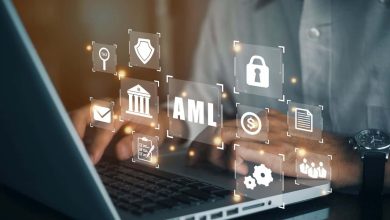
The Covid-19 pandemic has served as a catalyst to drive digital payments innovation across the globe. We have witnessed a surge in card-free and contactless payments, an emergence of digital wallets, and a greater readiness to lean on the convenience of online shopping. However, not all purchases made online are suitable for a traditional e-commerce checkout journey. For instance, personal shopping within the luxury retail market involves a consultative process, where tailored purchases demand a bespoke, customer-centric approach.
The remote card market in the USA was valued at just over $3.8 trillion in 2020, of which $630 billion was Mail Order Telephone Order payments (MOTO). At the same time, the bank transfer market was valued at $69 trillion in the USA, and 5.5 billion transactions were processed via “Faster Payments” in the UK. Complex B2B and B2C transactions have remained as MOTO since the late 1990s and currently comprise 12 percent to 16 percent of the remote payment market.
Taking payments over the phone carries unique challenges for the merchant. Writing down card details or asking customers for sensitive information over the phone or in an email is not compliant with GDPR regulations, renders businesses susceptible to card fraud and chargebacks, and is an unpleasant experience for both the customer and employee involved. Card fees have escalated and MOTO card payments are more expensive to process than e-commerce transactions and have a significantly greater cost than Open Banking transactions for higher ticket sales. Additionally, operational management of remote card payments and bank transfers is time-consuming and significantly more expensive than the actual processing fee.
This corner of the payments industry has remained largely untouched in terms of innovation until recently, with the emergence of new solutions that help merchants navigate digital remote payments smoothly. Some platforms offer merchants the opportunity to extend personalisation and carry their brand throughout the payment journey, thereby building trust and delivering an enhanced customer experience. This also allows them to significantly reduce the cost of collecting payments and decrease susceptibility to fraud and chargebacks.
While for the most part, these payment requests have been made using card, the Open Banking initiative can be leveraged to further reduce payment operations costs and exposure to risk for merchants. Traditional bank transfers are very cumbersome to set up and result in a relatively slow movement of funds. The coupling of open banking payment initiation with faster payments offer a viable alternative for merchants to efficiently process large volumes of bank payments and enjoy near-instant collection of funds akin to an ‘e-commerce experience’.
Open Banking payments are becoming more popular across various sectors, with automotive, auctioneering, construction, and luxury retail accounting for the majority of uptake. Payer adoption has not been as challenging as expected by the industry, and we are noticing that bank payments are quickly replacing off-platform traditional bank transfers and higher-value remote card payments. Ultimately, cumbersome bank transfers are being propelled into Open Banking transactions.
Open Banking is the driver for change for traditional bank transfers and will do in the 2020s what e-commerce did across the 2000s. It will be just another payment type in the near future.





